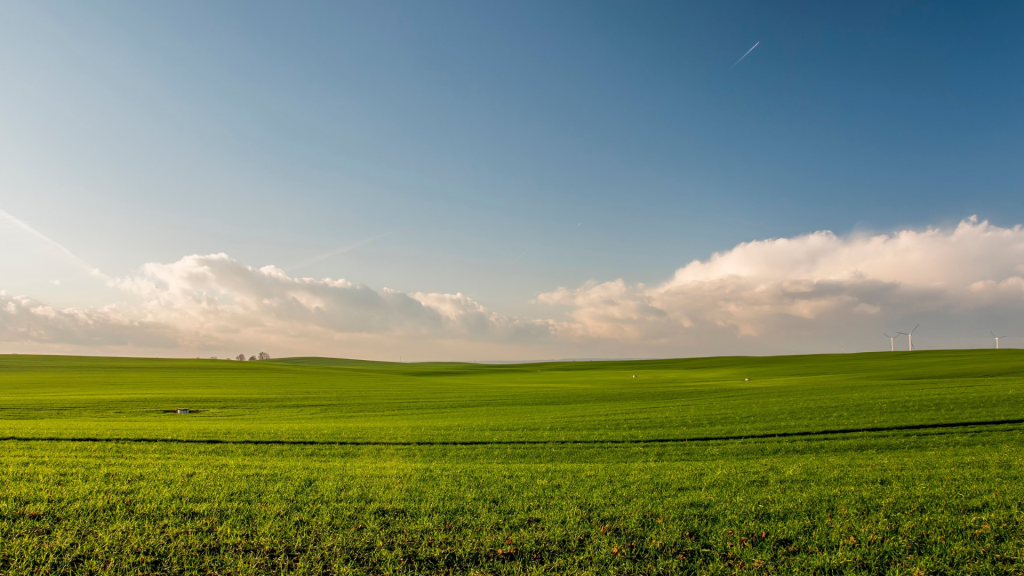The recent Census of Agriculture shows that ag in rural Minnesota isn’t monolithic.
Kelly Asche, Senior Researcher
April 2024
A topic that is frequently discussed among rural residents, particularly in agricultural areas, is how much farming has changed over the last 50 years. The technology being used, the crops that now dominate the landscape, and those that remain as farmers and the size of their production are all interesting topics. Luckily, we don’t have to rely on anecdotes. The most recent data of the Census of Agriculture was released recently and we can put some numbers to this change. And the interesting part is how different each region is in Minnesota.
For those of you that may not be familiar, the Census of Agriculture is a complete count of all farms, ranches and the people that operate them in the United States. It’s conducted every five years and the most recent data (2022) was just released.
Number of farms
It’s well known that the number of farms operating today is significantly lower than in previous decades. The chart below, shows that the number of farms in Minnesota decreased by over 15,000 over 20 years. That’s 19% less farms in 2022 compared to 2002.
Figure 1: The number of farms in Minnesota has decreased significantly in the last 20 years. Data: USDA – Census of Agriculture
The map below provides the number of farms gained or lost from 2002 to 2022. Interestingly, the largest number of farm losses has been along and just north of the I94 corridor, and in Northwest Minnesota.
Figure 2: Although nearly all counties have lost farms since 2002, the most severe has been in central and Northwest Minnesota. Data: USDA – Census of Agriculture
Amount of farm acres
The other metric that people tend to pay attention to is the amount of acres dedicated to agricultural production. Figure 3 shows that the total amount of acres being farmed in 2022 was 7.5% less than in 2002. This decrease is significantly less than the decrease in the number of farmers.
Figure 3: The amount of farmed acres has decreased from 27.5 million acres in 2002 to 25.5 million acres in 2022. Data: USDA – Census of Agriculture
Figure 4 shows the change in the amount of acres farmed in each county. Although there is widespread decline in the amount of acres being farmed across Minnesota, north central Minnesota in particular has experienced significant declines. Many of the counties there have lost 50,000 to 100,000. Most counties in Southern Minnesota have lost between 1 and 50,000 acres, and a few counties have actually experienced gains in the amount of acres farmed.
Figure 4: Northern Minnesota has lost significantly more farmed acres than southern Minnesota. Data: USDA – Census of Agriculture
Acres per farm
Due to the number of farmers decreasing at a higher rate than the amount of acres declining in Minnesota, the amount of acres per farm has increased. In Minnesota, the amount of acres per farm has increased from 340 in 2002 to 388, an increase of 14%.
Figure 5: The amount of acres per farm in Minnesota has increased by 14% since 2002. Data: USDA – Census of agriculture
However, looking at the amount of acres per farm at the county-level shows significant variation. Figure 6 shows that counties in the very northwest portion of the state have significantly higher acres per farm compared to the rest of Minnesota. Those counties have between 850 and 1,200 acres per farm compared to counties in southern Minnesota that have between 300 – 500 acres per farm.
Figure 6: The northwest counties have significantly higher amount of acres per farm compared to the rest of Minnesota. Data: USDA – Census of Agriculture
Why so much variation?
Although farming may seem like a monolithic industry that experiences little change beyond weather patterns, like any resource extractive industry it follows various economic and geologic factors.
The significant loss of agricultural acres in north central Minnesota are likely linked to the expansion of development around the lakes. This particular farm land isn’t the most profitable or productive and so the land will be used for something that is more economically productive – development.
In the Red River Valley of Minnesota, the geology of the land is very rich and flat, allowing for great production of the profitable sugar beet, providing incentive to keep much of the acreage dedicated to the production of that over raising livestock. Whereas in southern Minnesota, large croplands of corn and soybeans are common, but so is the production of livestock, which requires fewer acres per farm.
The soil provided and the economics surrounding the use of land are some of the major drivers of these patterns. It’s important to remember this and recognize just how diverse this industry is when thinking about rural Minnesota.



